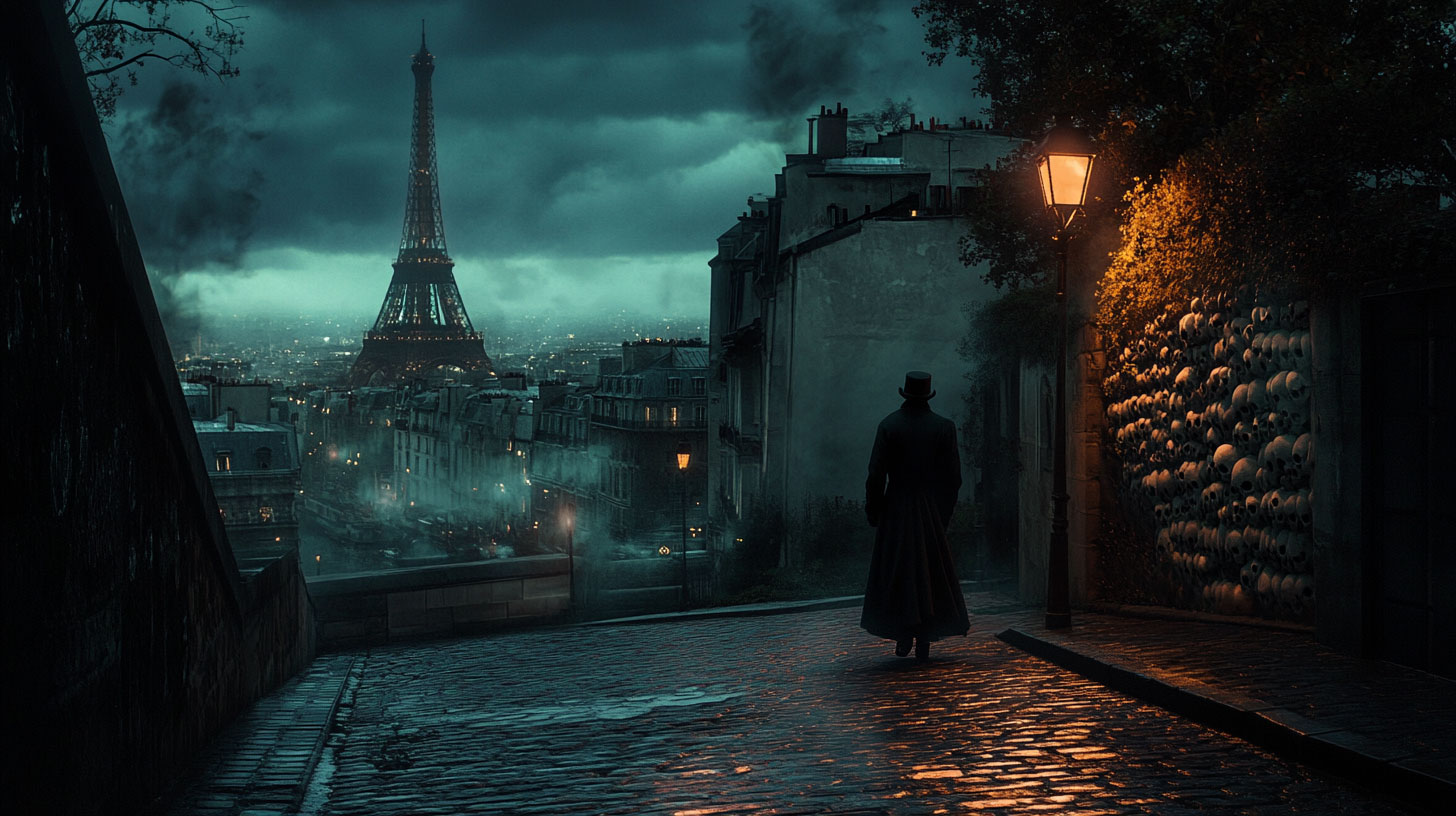
Beyond the Eiffel Tower: The Mysterious Side of Paris
Paris is a city of light. But every light casts a shadow. Behind the gleaming ironwork, the grand boulevards, and the curated elegance lies another city—a Paris of whispers, forgotten histories, and enigmatic corners. This is a city built on bones, coded with symbols, and haunted by stories that refuse tidy endings. To know this Paris is to step off the map and into a labyrinth of mystery.
This is a guide for those who feel the pull of the unseen—who sense that the true soul of a place is found not in its postcard views, but in its secrets.
The City of the Dead: A Labyrinth Beneath Your Feet
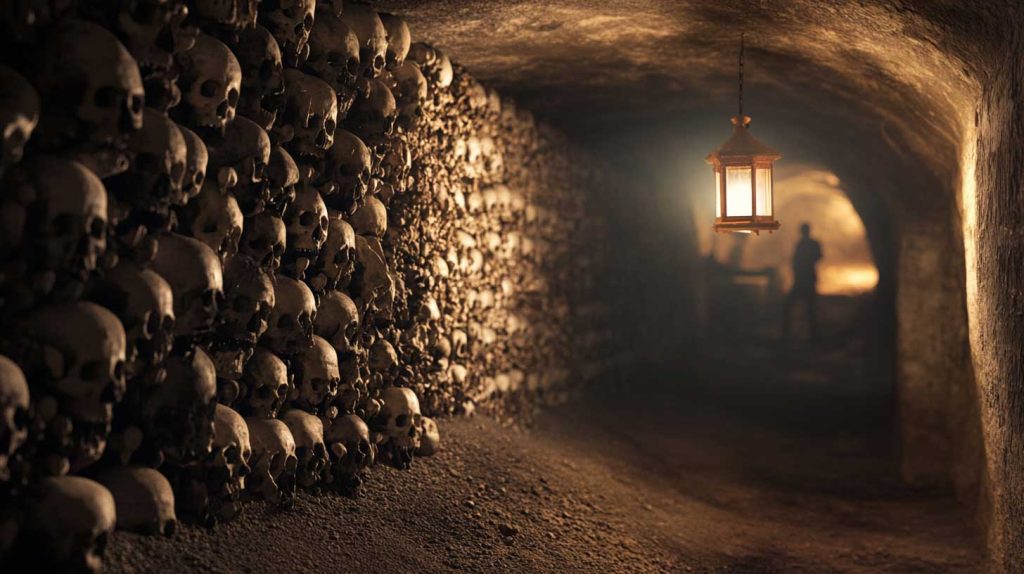
Beneath the sidewalks of the 14th arrondissement stretches a shadow-city: the Catacombs of Paris, an ossuary containing the remains of more than six million Parisians. In the late 18th century, cemeteries—especially Les Innocents—were overflowing and dangerous; the solution was as macabre as it was practical: transfer the dead into the abandoned limestone quarries that honeycomb the Left Bank. Night after night, shrouded wagons carried bones through the streets and down into the dark.
Today, a small portion is open: galleries where femurs and skulls are arranged in somber patterns—hearts, crosses, arches—beneath plaques that murmur philosophy: “Arrête! C’est ici l’empire de la Mort.” But the public path is only a fragment of the network. A clandestine culture of cataphiles explores miles of forbidden corridors, whispering of hidden chambers, underground cinemas, and secret sculptures—the living city reflected in a subterranean mirror. (Authorities have even shut down surprise finds, like an illicit underground theatre.) The result is a reminder that the City of Light literally rests on a kingdom of bone
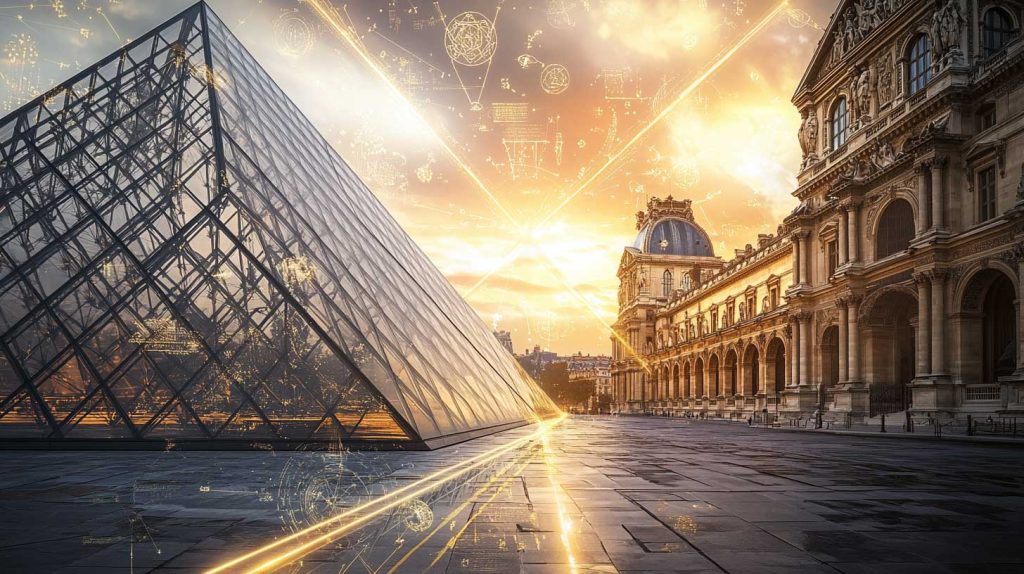
Paris is an open-air archive of Western symbolism—if you know where to look.
Start with the Louvre Pyramid. Conspiracy lore insists it has 666 panes; in reality the museum confirms 673 (603 rhombi and 70 triangles). The myth persists because it’s irresistible—but numbers don’t lie.
Follow that thread to the so-called Paris Meridian—not a line through the Louvre, as some claim, but the historic prime meridian that runs through the Observatoire de Paris, once used by French cartographers before Greenwich won out. Its route is marked in the streets by Arago medallions, little bronze breadcrumbs across the city
Step inside Saint-Sulpice and find a different meridian: the church’s famous gnomon—a brass line, a pinpoint of sunlight, and an obelisk—built in the 18th century to determine equinoxes and correctly date Easter. It’s often romanticized as “pagan,” but it’s really a marriage of science and faith in stone and light, a reminder of a time when those realms overlapped more easily.
Even Notre-Dame—a sculpted “book” in stone—has long been interpreted by alchemical readers as a coded manual for transformation. Whether or not you subscribe, the cathedral’s façades train you to read—each portal a chapter, each grotesque a footnote—proof that Paris keeps secrets in plain sight.
Phantom Paris: Ghosts, Legends, and Curses
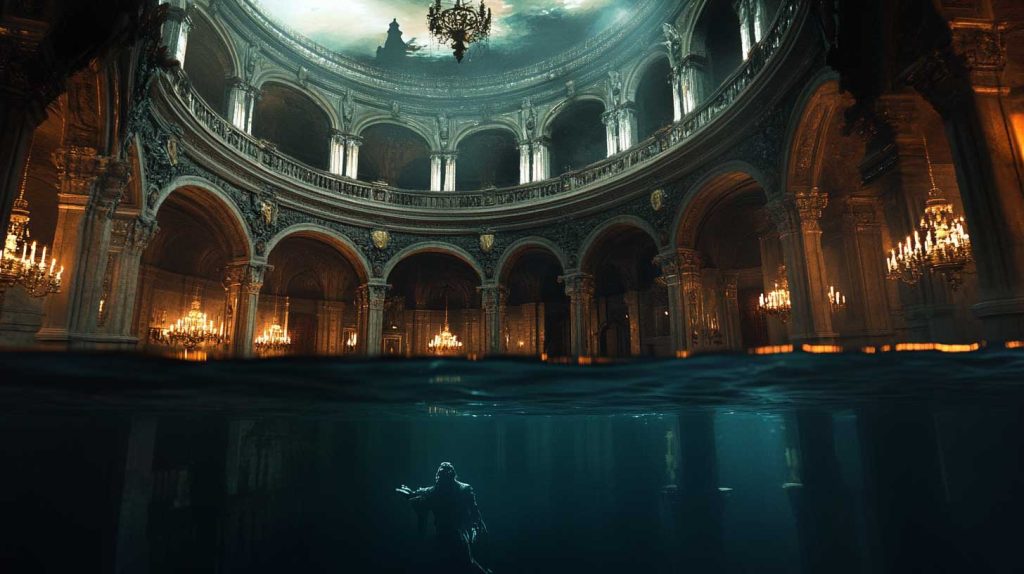
Every stone in Paris has a story; some refuse to end. Beneath the Palais Garnier lies a waterlogged underworld—a cistern so uncanny it inspired the lake in The Phantom of the Opera. It’s real, and firefighters still train in its darkness. The opera house’s architecture and the literal “lake” have kept the legend alive—an elegant theatre floating over a hush of water.
Then there are the medieval curses that seem to echo forever. When Jacques de Molay, last Grand Master of the Knights Templar, was burned in 1314, legend says he summoned king and pope to face judgment within a year; both Philip IV and Clement V died soon after. The execution site is remembered near Square du Vert-Galant at the tip of the Île de la Cité—not on rue de la Harpe as sometimes repeated—marked by plaques that quietly insist history still stands here.
Vanished Villages: Echoes of Lost Worlds
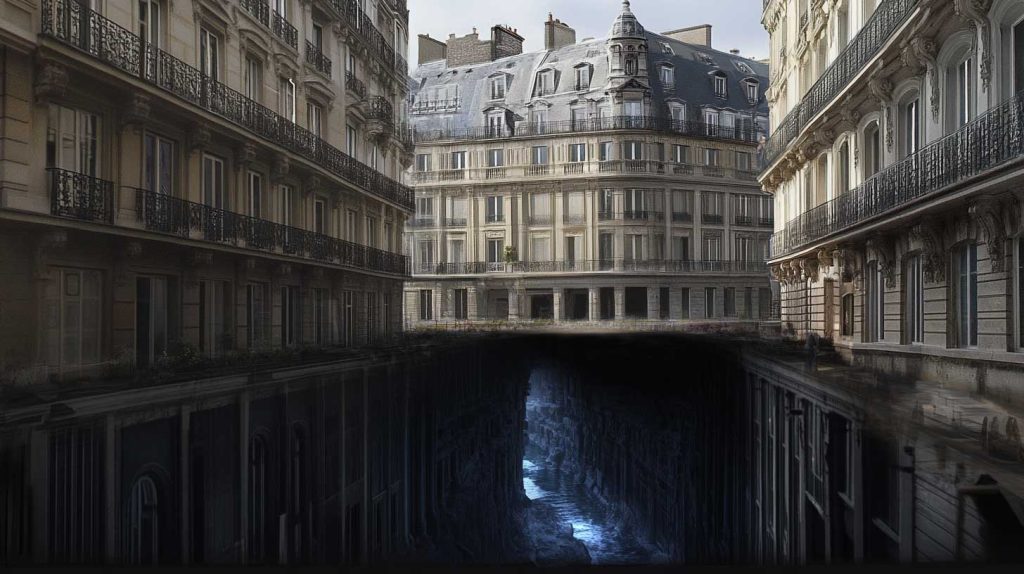
The mystery of Paris is often the ghost of what is no longer there. Before Baron Haussmann carved his boulevards in the 19th century, Paris was a medieval tangle of lanes and courtyards. Whole neighborhoods were erased to create the vista we admire today.
Yet echoes remain. The Tour Saint-Jacques is a flamboyant Gothic tower, all that’s left of a church destroyed during the Revolution. A finger pointing to the vanished nave. In the Marais, streets still coil in defiance of Haussmann’s grid, preserving a pocket of the elder city. And then there is the River Bièvre—once the lifeblood of the Left Bank’s tanneries and mills. Covered and culverted in the early 20th century, its final stretches closed by 1912.
It still slips unseen beneath streets like rue de Bièvre and past the Gobelins works, a buried river humming in the dark. In recent years, conservationists have even explored daylighting sections of it beyond central Paris. A small resurrection for a lost vein of the city.
How to Listen for the Whispers
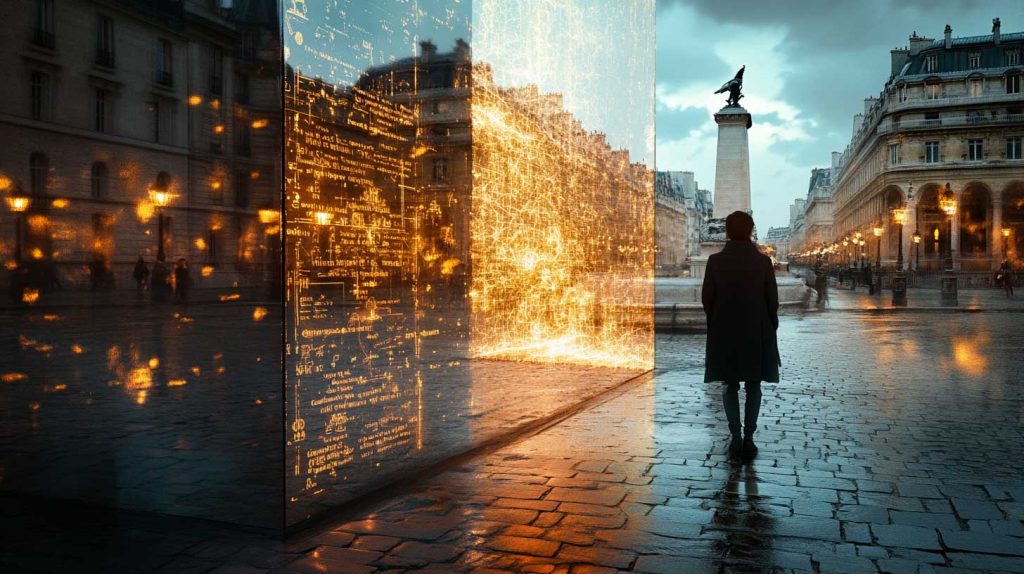
To experience mysterious Paris, recalibrate your senses. It’s not about checking boxes; it’s about learning to listen.
Look Down. Notice the pavés—cobbles that predate revolutions. Watch for the glass pavement lights set into sidewalks. Little skylights feeding basements and corridors below, a reminder that the city has layers. In some places, they also ventilate the égouts (sewers) and ancillary underground spaces, a diffuse glow for the underworld. Look Up. Decode façades.
Why is there an Egyptian obelisk in Place de la Concorde? (It once marked time and power in Luxor before its second life here.) What do the symbols above a quiet doorway whisper about the guild or family that lived there?
Embrace the Night. After dark, Paris changes register. Shadows pool on old stone, and the soundscape rearranges itself: river, footsteps, the distant clink of glasses. The city feels closer, more conspiratorial—as if it wants to tell you something it won’t share at noon.
The Eiffel Tower will always be magnificent. But the enduring magic of Paris lies in its ability to hold two realities at once. Light and shadow, reason and myth, the visible and the hidden. It invites you to be not just a visitor, but an investigator. To look past the obvious and discover the endless, mysterious story unfolding in the city’s secret heart.









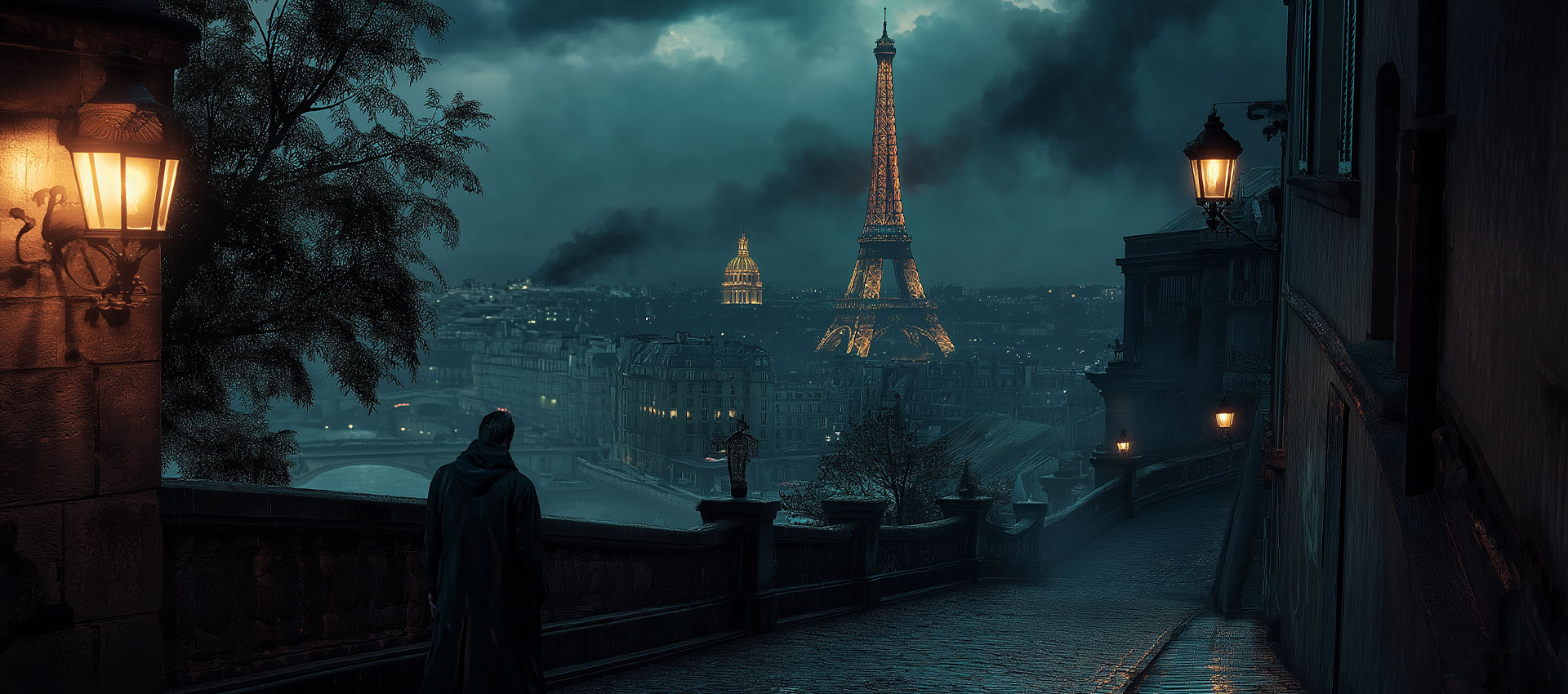
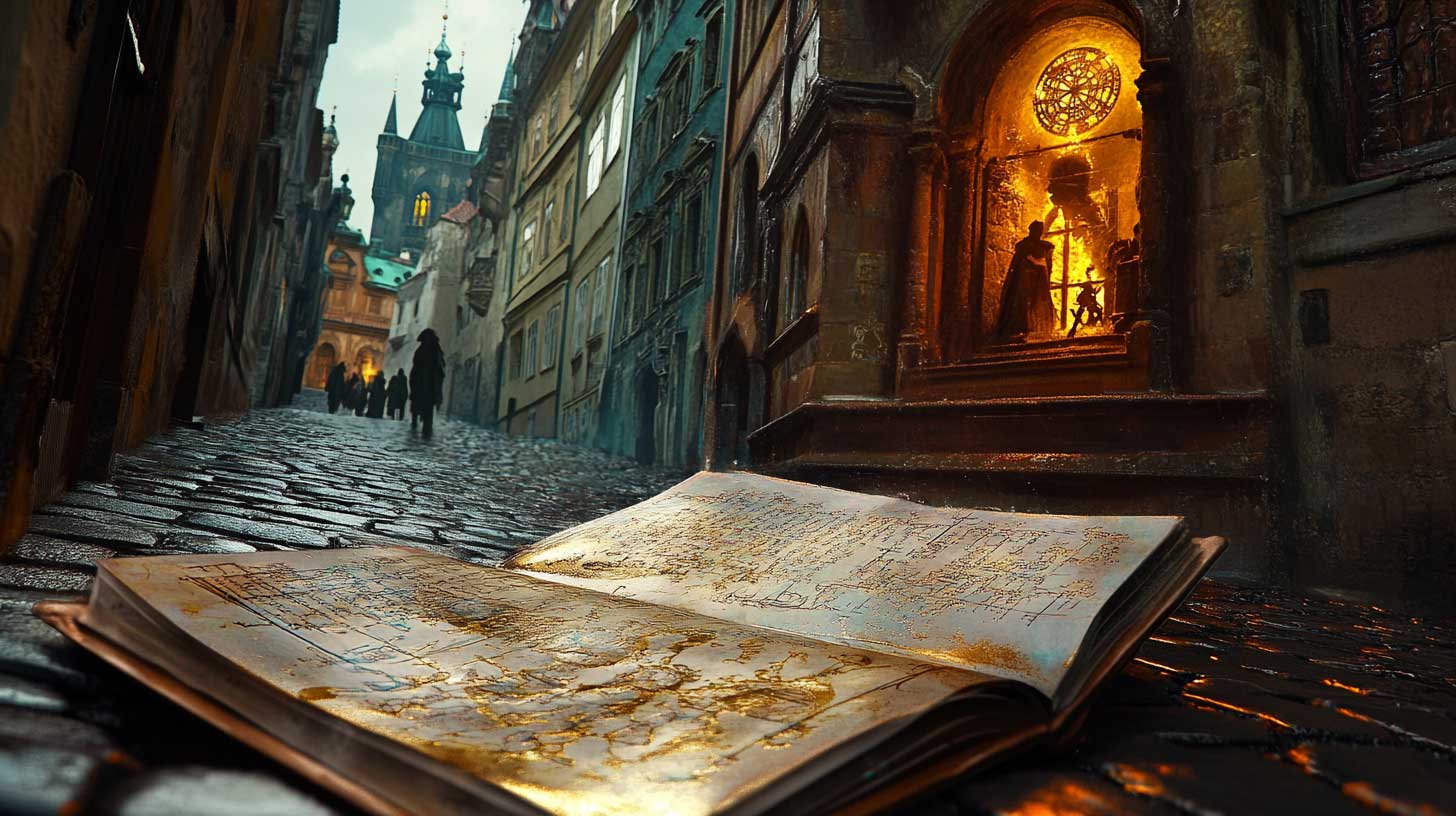
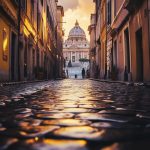
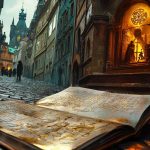
No Comments